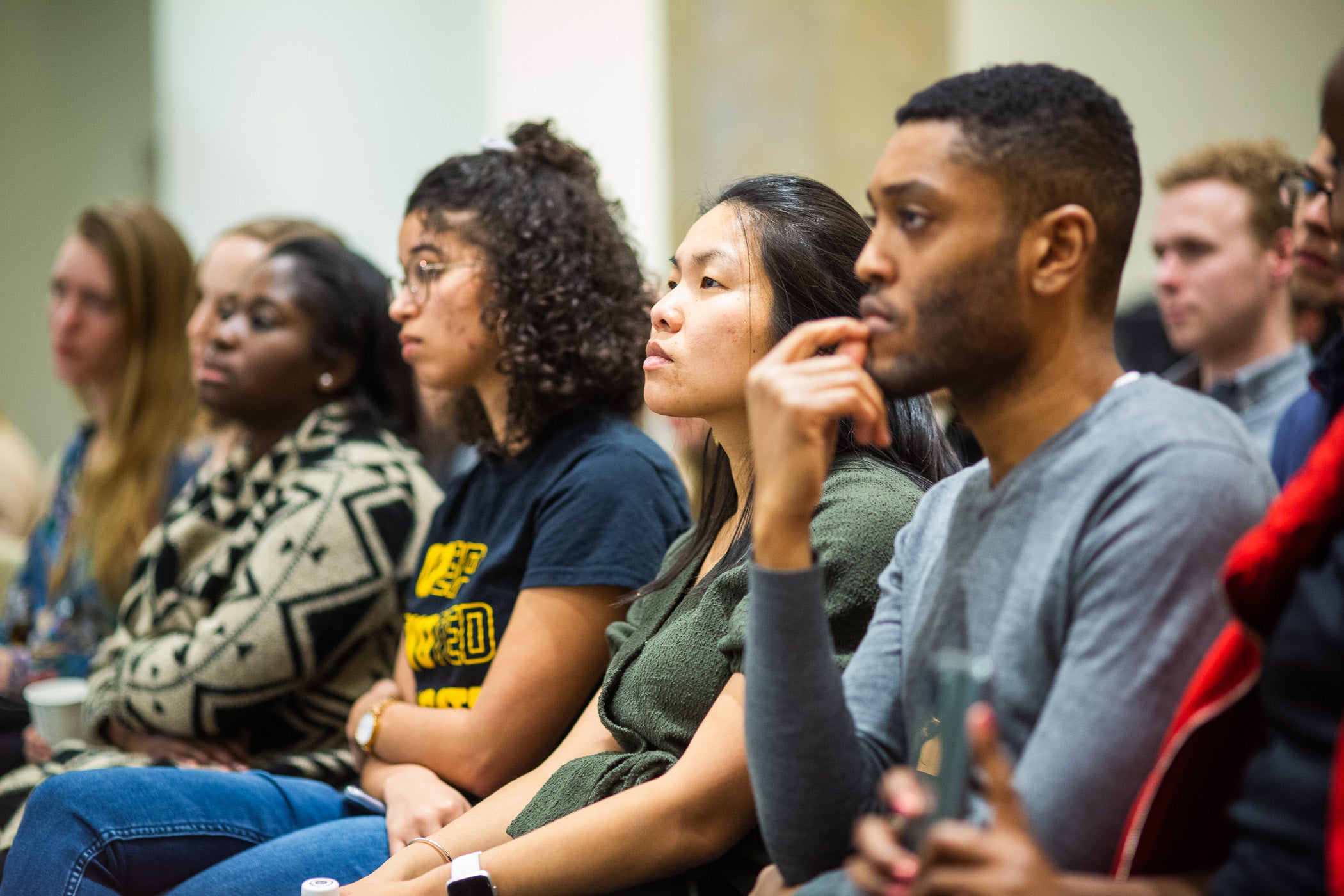Diversity is a measure of how an individual’s personal characteristics differ from those of the normative majority of an organization;
Inclusion is the act of ensuring that people’s experiences within an organization are not impacted negatively as a result of their personal characteristics...
Of course, diversity and inclusion are intertwined: the way that one person interacts with another, and the probability that the interaction will make one person feel excluded, often depend on the personal traits of each person. Hence we can say that a company is highly inclusive if, even when people with different traits interact with one another, the behavior of one person does not cause the other to feel excluded.
Ultimately, if we want a company to be more inclusive, it is the people who cause exclusion that need to change their behavior—and, in some cases, the company has to instate policies to prevent experiences of exclusion from occurring, or taking corrective action when they do occur. This is why we say that “inclusion is what you do.” Trying to describe the sense of inclusion or belonging that an employee feels is not very useful unless we can understand who made them feel excluded, and what exactly happened in the interaction that made them feel excluded...
Finally, thinking about diversity as what you see and inclusion as what you do helps us to understand some key limitations of many current D&I efforts and initiatives. For one thing, conducting inclusion surveys that simply ask how included someone feels, is of limited use: unless you ask exactly who and what made them feel less included, simply knowing someone’s level of inclusion is like knowing that someone is not feeling well, but having no idea of what illness they may have. For another thing, simply trying to “force diversity” by hiring more people from underrepresented segments of the population, without actually changing the way people behave in their interactions with other employees, is extremely unlikely to yield any improvements.
It is only when we learn to identify sources of exclusion and take actions to minimize them, that our companies will be able to sustain a growing level of diversity and to enjoy an inclusive environment where all employees have an equal opportunity to thrive and succeed.
"Diversity Is What You See, Inclusion Is What You Do," Forbes. March 1, 2021


No comments:
Post a Comment